EASTSIDER-Last week, Angelenos were greeted with two very different visions of short-term rentals for Los Angeles. On the one hand, there was a press conference at the 8th & Hope Building, sponsored largely by UniteHERE. That event drew around 70 people who shared their experiences and concerns about where Los Angeles seems to be headed with their proposed short-term rental ordinance. It has seemingly landed in a “dead zone” vacuum created by the City Council. For more on this, take a look at Keeping Neighborhoods First.
The other vision for Los Angeles started the next day, a tightly controlled international event called Airbnb Open 2016, set at four downtown Theaters, not to mention events all over town including a Festival on Saturday, that had music by Maroon 5, a special screening of LA LA Land and all kinds of other performances. Speakers were as glitzy as you would expect, with a veneer of authority provided by none other than the former U.S. Attorney General, Eric Holder (who, one can presume, was well compensated for this event.)
The juxtaposition of the Press Conference and the Airbnb event tells you a lot, as does the tightly controlled outreach by Airbnb. I mean, they had to spend a zillion dollars on this massive event, international in scope, held all over the city, to tout their “new vision” of being more than simply a house or apartment-renting app. And yet, there was virtually no grand hurrah in local media, no blasting out of “see me, see me” for the wonderful events on TV. So, you have to ask why?
This was clearly an insider deal, aimed squarely at current supporters of Airbnb and the hosts, designed to show them at their best and dazzle the attendees with hi-profile speakers, even as they announced their new areas of expansion.
For Airbnb, this is “it” -- the beginnings of the IPO that is going to make them all billionaires, and what better venue than Los Angeles as the model for international everything? To prove I’m not making this up, just read the Wired article from Thursday November 17. There it is, confirmed by Brian Chesky himself.
I think there were a couple of basic reasons that the event was so “under the radar.” First, Airbnb did not want to risk nasty picketing or negative press in the media -- nothing to take the shine off the prize. Second, the proposed short-term rental ordinance in LA City is not yet final, and while we cynics know that the Mayor and the Council are all bought off (or in), they are loathe to publicly admit they have no interest in an equitable ordinance. Especially after they had just successfully pushed for a bunch of municipal tax measures on the November ballot. It might make them look bad.
Of course, Airbnb did not totally escape without notice. During the event’s grand finale on Saturday, hundreds of protesters marched at their multiple locations. You can read about it here. Actually, this may be the only place you will read about any protests, because this is Los Angeles, land of glitz and corporate censorship.
In Europe and Other American Cities, Airbnb Has to Play Nice
Also under the radar, is the fact that Airbnb has had a lot of pushback from their nicey-nice new age techie public image -- despite paying a lot of money for lawyers, lobbyists, and even buying a few politicians for a fake “advisory board.” In Europe, for example, particularly Paris, Berlin, and Barcelona, much of the populace is not happy and legislation to curb Airbnb’s freewheeling business model abounds.
While Airbnb has been quick to litigate, as in San Francisco, I should point out that they recently lost that case, which is similar to suits they filed against Anaheim and Santa Monica. Not to mention their litigation problems in New York.
Other cities, all more interested in their residents than Los Angeles, have also pushed back. For more information, check out a recent, detailed article in CurbedLA. They took a relatively balanced approach in explaining the history and the two very different sides of the Airbnb tsunami.
So What’s the Deal in the City of Los Angeles?
Almost all the articles on Airbnb point out the inherent conflict between their public vision that the entity publicly promotes – that of Airbnb simply being a cool new way to connect “hosts” together with travelers to rent a room or bed in a real community, enhancing the feeling of being in a real neighborhood and experiencing a sense of belonging -- with the reality that the real money in the Airbnb business is in a full time business model.
The trick is how to merge their “sharing economy” idea of the short-term renting out of a room to make a few bucks versus the business reality of converting houses into permanent “short-term” rentals which, in bulk, can alter or even destroy the character of a neighborhood, turning neighbor against neighbor.
In Los Angeles, the current state of the law is that short-term rentals in residential areas are illegal, period. However, the LA City Attorney has failed to enforce the law in a manner that now gives new meaning to the phrase “scofflaw.” I covered this in a previous article, “The Feckless Feuer Dilemma - To Enforce Airbnb Law or to Pretend to Enforce Airbnb Law.”
Well, the jury is back in on that issue and the verdict is just what we thought: LA is up for sale, law or not. C’mon down, not to worry.
While this fight has been kicking around for a couple of years, and all the insiders like Airbnb and City Hall and the Mayor have known the outcome before there was even a draft, there is still no short-term rental ordinance in place -- even though the Council file on the matter started back in 2014.
So Why Hasn’t the Ordinance Passed?
I can posit a couple of worthy, underhanded reasons why the ordinance hasn’t already passed. First and foremost, there were two really important dates that had to go by first: the November 8 General Election and the November 7 through December 12 deadlines to file a declaration of intent and nominating petitions for the March 7, 2017 LA Municipal primary election.
That’s right, the cutoffs for when some incensed citizens might get together and run someone against the incumbents for Mayor, Controller, City Attorney, and Council Districts 1,3,5,7,9,11,13, and 15. And you thought that politicians couldn’t count.
You see, after the cut-off dates, it largely doesn’t matter what anyone does. With the exception of CD 7, vacated by the vacuous Fuentes and where everyone is running, there are usually very few significant challengers to incumbency in LA City, absent a major scandal or revolt. Since less than 10% of eligible voters are likely to even bother to vote, and close to a majority of them will vote by mail, the election is already locked in for the majority of incumbents.
The other reason is simple. The City has already sold out, but they don’t want the troops to know that. This is no longer about short-term rentals, which are defined as the rental of a home or portion thereof for less than thirty (30) days. Think about it. As I pointed out in an earlier article, this ordinance is now called the “Home Sharing Ordinance.”
The other big picture reason that the ordinance hasn’t passed is equally naughty -- while the ordinance is in limbo, entrepreneurial “hosts” can rent out their homes 365 days a year as a commercial business, even though it’s illegal. And the City doesn’t even care, since they’re now getting tax money in a separate deal already in place -- without any ordinance at all!
Follow the logic. As reported back in July by the LA Times, the City announced a deal with Airbnb whereby LA City will collect hotel taxes on their “short-term” rentals, even though short-term rentals are illegal. Ya gotta love it. Franz Kafka and Albert Camus were optimists.
Thus, there is no rush for the Airbnb “hosts” to want any ordinance passed. They will never have it this sweet. The Wild Wild West rides again, and nobody gives a darn. Except, of course, those people living in residential neighborhoods who have not cashed in on the Home Sharing market and don’t want it. You know, the people who paid big bucks to live in nice neighborhoods, even as their infrastructure crumbles under the weight of increased traffic, power and water usage, etc. which will not be paid for by anyone. Not to mention those people who have seen their affordable housing morph into permanent vacation rentals in places like Venice Beach. By golly, it’s political perfection.
A Nagging Question
Nobody I know has actually seen final language of the agreement between the City and Airbnb over the tax deal, even though I am anecdotally told that the City is even now getting money. Maybe some brave soul will file a Public Records Request to obtain these documents to find out for sure.
I ask because a question arises in my random, non-attorney mind. If short-term rentals are currently illegal, and the City Officials are deliberately refusing to prosecute that illegality in exchange for money gained from the illegal acts, are they engaging in a criminal conspiracy subject to prosecution? Would the generally blanket immunity for public officials save them?
Of course we will probably never know, since the odds of the District Attorney actually doing anything about this are right in there with the odds of Donald Trump appointing Loretta Sanchez as Attorney General.
Still ...
(Tony Butka is an Eastside community activist, who has served on a neighborhood council, has a background in government and is a contributor to CityWatch.) Edited for CityWatch by Linda Abrams.
 The level of impunity regarding the contamination of our most precious resource is astounding. From the lead contaminated waters of Flint to the Enbridge cover up exposed by John Bolenbaugh, it is clear that our water supply is of paramount importance at this time. As Donald Trump continues to appoint those who promise to continue to imperil life on earth, it is more urgent than ever to act.
The level of impunity regarding the contamination of our most precious resource is astounding. From the lead contaminated waters of Flint to the Enbridge cover up exposed by John Bolenbaugh, it is clear that our water supply is of paramount importance at this time. As Donald Trump continues to appoint those who promise to continue to imperil life on earth, it is more urgent than ever to act. 


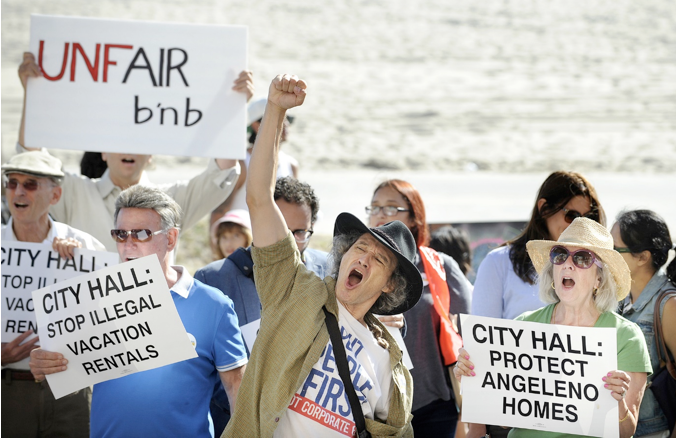


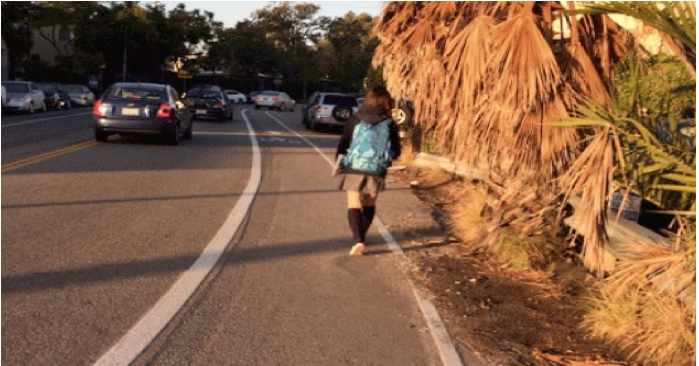
 Now, Councilmember Koretz is claiming credit ($300,000 of taxpayer money credit) for reducing wheel squeal noise as the train passes Cheviot Hills. At last night’s meeting, Koretz spoke on Expo line “problems” including “an unanticipated screech of the wheels” stating: “We’ve been trying to figure out different ways to address that.…. So, we’ve actually gotten the Expo Board to approve a $300,000 expenditure to bring a huge wheel-grinding machine.”
Now, Councilmember Koretz is claiming credit ($300,000 of taxpayer money credit) for reducing wheel squeal noise as the train passes Cheviot Hills. At last night’s meeting, Koretz spoke on Expo line “problems” including “an unanticipated screech of the wheels” stating: “We’ve been trying to figure out different ways to address that.…. So, we’ve actually gotten the Expo Board to approve a $300,000 expenditure to bring a huge wheel-grinding machine.”
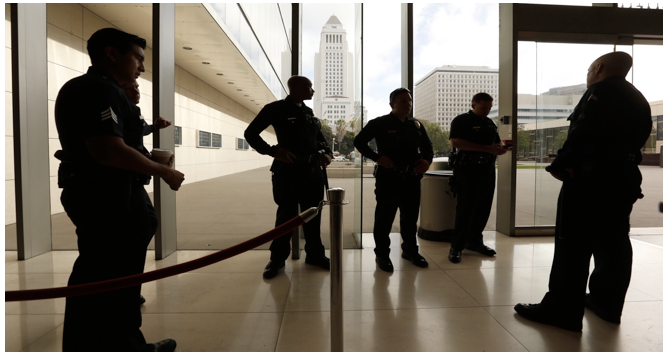



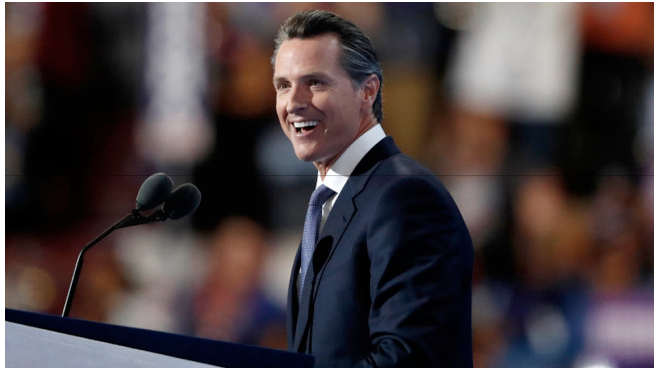
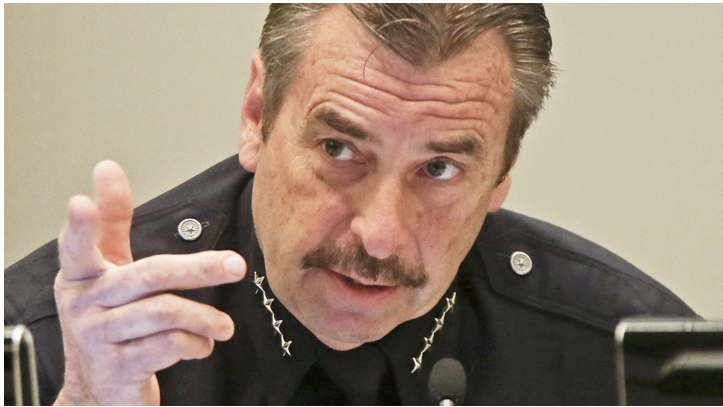
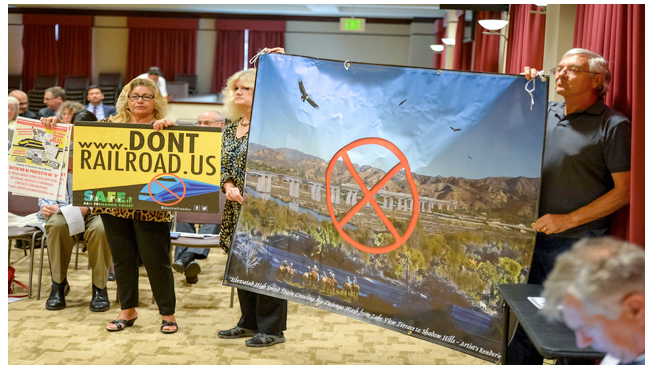



 Therefore, because of the adversarial interests between Miracle Mile residents living in single family R1 houses and those living in mostly small multi-occupant rent-stabilized buildings, it appears that O'Sullivan, Ken Hixon, and others heading the MMRA leadership, have not been forthcoming with all the necessary facts that would allow all Miracle Mile residents to make informed decisions about what would be best for everyone in the neighborhood.
Therefore, because of the adversarial interests between Miracle Mile residents living in single family R1 houses and those living in mostly small multi-occupant rent-stabilized buildings, it appears that O'Sullivan, Ken Hixon, and others heading the MMRA leadership, have not been forthcoming with all the necessary facts that would allow all Miracle Mile residents to make informed decisions about what would be best for everyone in the neighborhood. 

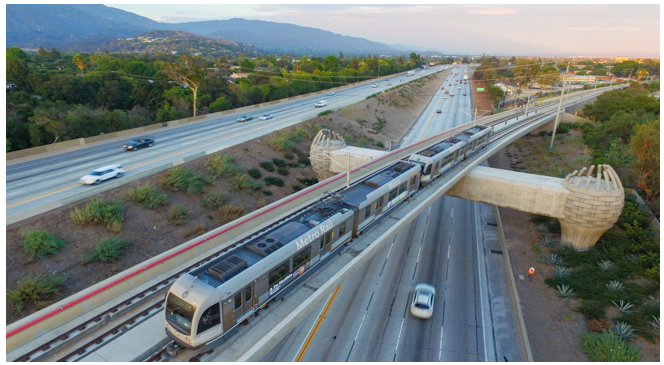

 Based on their performance in promoting Caruso Affiliated’s 333 S. LaCienega project at the City Planning Commission, I think the new show might even deny Julia Louis Dreyfuss her ninth Emmy. We also may need to move quickly because if the
Based on their performance in promoting Caruso Affiliated’s 333 S. LaCienega project at the City Planning Commission, I think the new show might even deny Julia Louis Dreyfuss her ninth Emmy. We also may need to move quickly because if the 












